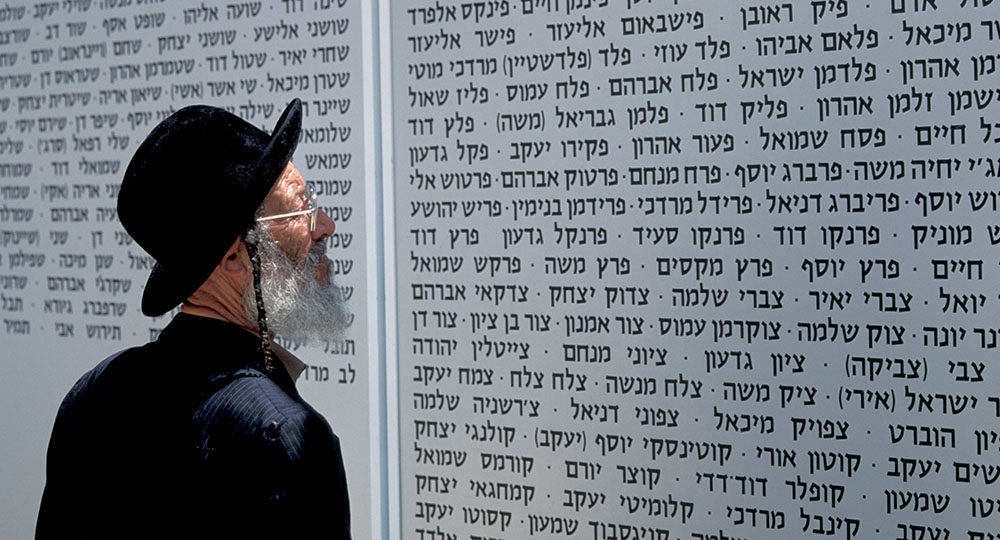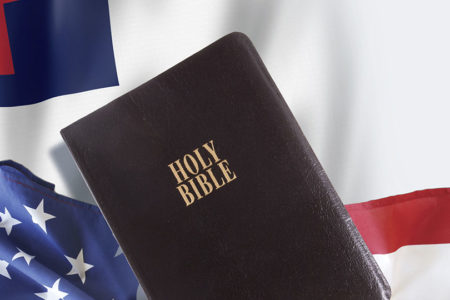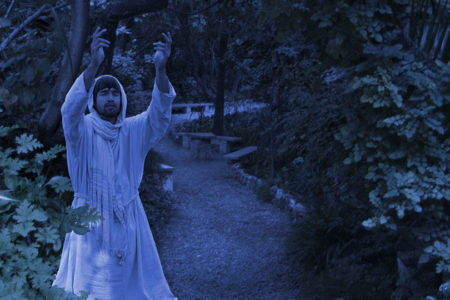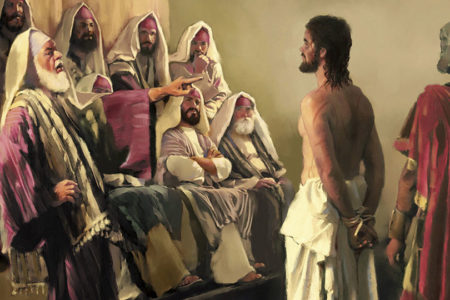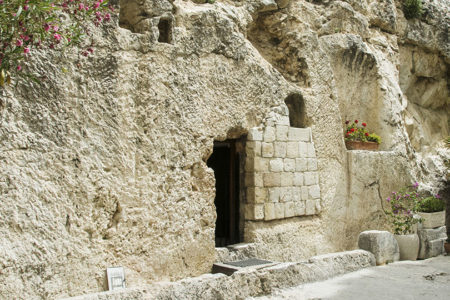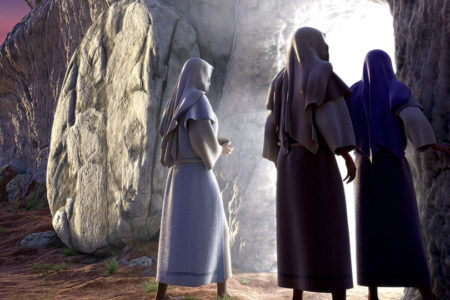Remembering Latrun
Days after Israel was declared a state on May 14, 1948, ill-equipped and virtually untrained men and boys who would become the Israel Defense Forces stood in the line of battle, looking across a wheat field toward a place called Latrun.
The position was held by the expert troops of the Jordanian Arab Legion.They had been trained by the British and were well schooled in military tactics. To make matters worse, the approach to the Arab position was lined with machine-gun emplacements effectively protected by long lines of trenches. The lightly armed Jewish forces hardly stood a chance.
Among them were Holocaust survivors—emaciated, beaten-down human beings hoping for a chance at a new life and a way to forget the horror they had left behind. Some had entered the country only 72 hours earlier.
The reason for haste was that Latrun overlooked the Tel Aviv-Jerusalem highway, the lifeline to the embattled city of Jerusalem where 95,000 Jewish people were in danger of being captured or starving to death. Resupplying Jerusalem was considered an absolute necessity. Jewish leaders believed that if Jerusalem fell, the reality of a new Israel might fall with it. Gone would be the dream of a national resurrection in the ancient homeland of world Jewry.
For the young immigrants, the setting was mesmerizing. They were in the Valley of Ayalon, where the famous Jewish soldier Joshua had commanded the sun to stand still as he vanquished the Amorites (Josh. 10:12–14). And after two millennia, their feet stood on the very soil where their forebears had longed to be. From the agonies of the Holocaust they had come home, with hope of building new lives in a haven free from persecution.
Then the command was given, and so began the treacherous march through fields that would be scorched by searing heat later in the day. It was like little David against Goliath, but with a different outcome. Goliath had the firepower. The Arabs had seen the Jews marching toward the wheat fields in the bright moonlight of the previous night. There would be no surprises.
Nor would there be a Jewish victory—only confusion, death, and retreat, marking a long and futile day. Ironically, many of the casualties had survived the bloody years of Hitler’s war against the Jews in Europe, only to die within hours of arriving in Israel at the hands of different enemies.
For Israelis, Masada and Latrun are symbolically related: Both defeats ultimately bore the seeds of triumph. Masada, where nearly 1,000 Jewish survivors resisted Roman legionnaires for three brutal years after Jerusalem’s destruction in AD 70, bears the epitaph “Never Again.” At Latrun, the names of the thousands who fell are inscribed on a monument exuding the theme “Never Forget.”
Both places teach an important lesson: Sacrifices made for freedom must never be forgotten.
